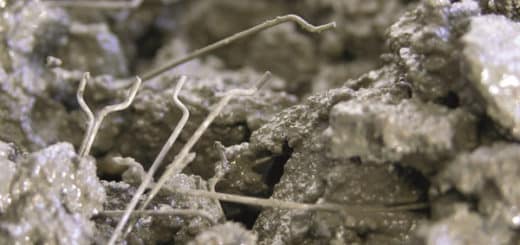Cohesionless Soil | Engineering Point of View
Cohesionless soil is an important soil type for civil engineers and geotechnical engineers to understand. It is non-cohesive, meaning that particles are not held together by water, calcium, or other bonding agents. Cohesionless soil has a wide range of uses in construction, ranging from foundation support to total or partial bedding of road structures, and understanding its properties is essential for properly designing and executing construction projects.
Cohesionless soil is a type of soil that has a low shear strength or “stickiness”. This means that it lacks the binding properties needed to hold together larger particles, such as gravel and sand. Soil that has no cohesion is typically loose when dry and very dense when wet.
These soils can be made from natural materials, such as clay and silt, or can be manufactured through the processing of rocks, such as granite and basalt. The name “cohesionless” refers to the lack of cohesion between particles in the soil, which is what allows them to remain separated rather than stick together.
The main advantage of cohesionless soil is that it is easily excavated and can be used in a variety of construction projects. However, there are also some challenges associated with cohesionless soil, such as its lack of stability and its tendency to compress under load.
Cohesionless soil has a wide range of uses in construction, ranging from foundation support to total or partial bedding of road structures, and understanding its properties is essential for properly designing and executing construction projects. Some common uses for this soil include backfill for retaining walls, drainage fill, and foundation fill. In addition, this soil can also be used as a construction material in its own right, for example in the construction of embankments and fill slopes.
While cohesionless soil has many benefits, some challenges need to be considered. One of the biggest challenges is its lack of stability, which can cause problems during construction and result in a lower-quality finished product. In addition, soil having no cohesion is also susceptible to compaction under load, which can lead to settling and deformation of the finished product.
Overall, cohesionless soil is a versatile and important soil type that has many uses in construction. However, it is important to understand its advantages and challenges to properly utilize it in a construction project.
What are some of the uses of cohesionless soil?
Some common uses for this soil include backfill for retaining walls, drainage fill, and foundation fill. In addition, cohesionless soil can also be used as a construction material in its own right, for example in the construction of embankments and fill slopes.
This soil is a type of soil with low cohesion and little or no fissility. It is generally unconsolidated, meaning that it has not been subjected to sufficient pressure and time to consolidate into a solid mass. Because of the lack of cohesiveness or cementation, when cohesionless soil is disturbed, it does not form individual clods but rather loses its strength and forms a fluid-like consistency.
Cohesionless soils are usually composed of fine-grained particles that have been transported by water or wind. They consist predominantly of sand, silt, clay, and gravel ranging in size from 0.05 mm to 2 mm. Also known as granular soils or particulate soils, these materials are typically used for backfill applications.




